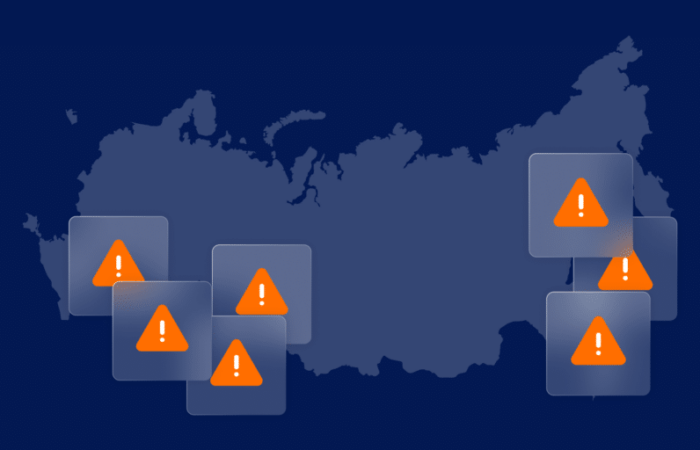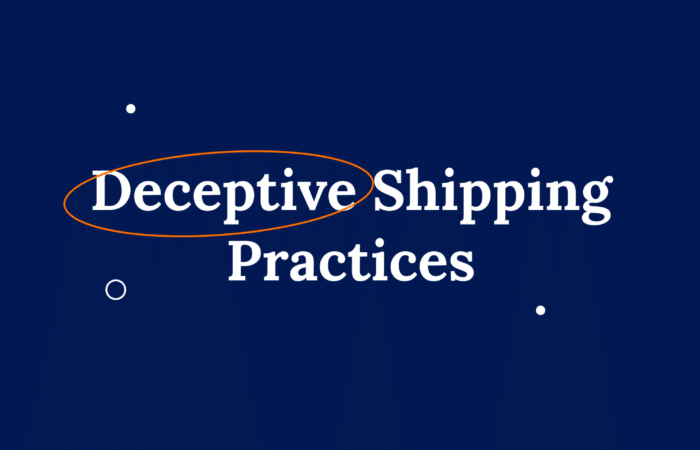What’s inside?
In September, the FCA published a ‘Dear CEO’ letter to banks, with a strong and undeniably clear message of the gap in managing financial crime risks. According to the letter, “assessments of individual firms have highlighted several significant issues relating to both credit risk analysis and financial crime controls.” The letter, while blunt, comes as no surprise to the industry. But why did regulators send this letter now, and what do they hope to see come of it?
For starters, regulators are more serious than ever about fighting financial crimes. In recent years, despite proposals and legislation, the commodity trading industry has been hit with costly scandals. And as criminals become more sophisticated in their tactics, while the methods to catch them still lag, there is a growing concern that banks will continue to fall short of detecting illicit activity.
To bring about a sense of urgency, the FCA describes that “firms should identify instances of higher risk which require enhanced due diligence” and “undertake a holistic assessment of the associated financial crime risks.” These risks are defined as “money laundering, sanctions evasion, terrorist financing, and fraud.” The letter goes on to describe that “firms should also consider whether the activity is in line with the expected activity of their client and previous interactions with the parties to the transaction.”
So the bar has been set high, but how should financial institutions go about meeting these standards?
The challenge in staying ahead of financial crime risks
Illicit money laundering through the international trade system is estimated to total hundreds of billions or even trillions of dollars per year. Global Financial Integrity (GFI) suggests overall transnational crime could be worth $2.2 trillion per year – with a majority facilitated by trade-based money laundering (TBML). This is the climate that banks are currently operating in, and the task of vetting seemingly legitimate trade transactions is no small feat. Why is the industry vulnerable to these schemes? The large volume and complexities of international trade transactions make financial and trade systems attractive for illicit activity. Further, because financial institutions have little visibility over the trade itself, detecting TBML activities can seem almost impossible.
But it doesn’t have to be. Here are 3 tips that can help you get started:
1 – Leverage AI as a risk discovery tool
Banking compliance experts are inherently not maritime experts – nor should they have to be. But a problem arises when banks don’t have the tools or the right data to evaluate maritime risk. How does this relate to financial crime risks? Global trade carries significant financial crime risk. When considering that the main transport mode for global trade is ocean shipping, banks need to consider how to leverage AI as a tool to identify maritime risk. Before anything, banks need to answer one question: What risk am I not aware of? Now, imagine taking a list of 4,000 high-risk legal entities and screening them against your historical transactions with AI. This step is about identifying entities at risk of designation, at scale. In this way, teams can identify maritime risk exposure – without investing in the expertise.
2 – Go beyond static data
To clear business fast, you need actionable insights. And the key to this is explainable data. Data needs to be accessible and easy to understand. Instant and accurate insights beyond raw data give you a complete picture of risk exposure across your business. This allows teams across departments and use-cases to easily incorporate it into their processes and swiftly take action. When you can see everything from the exact duration and location of dark activity to real-time container tracking, you can identify risky events as they occur. What’s more, you can support safe exit management and prevent onboarding new business with exposure to maritime risk.
3 – Be proactive
A common misconception is that deceptive shipping practices are only relevant to detect sanctions risk. When in fact, these practices are just as effective in facilitating illicit trade. The intricate nature of global maritime trade creates ample opportunities for exploitation by bad actors. The recommendation we have for you here is this: identify bad actors that don’t yet belong to designated lists. Identifying deceptive shipping practices is a good first step, but it’s not enough. Standard deceptive shipping practices are evolving into more systematic methods. An adaptable platform that can identify new trends and account for the hundreds of variables involved in accurately vetting each vessel and entity is crucial. Infinitely more adaptable than rule-based systems – agile technologies can detect evolving typologies. This is key to proactively detecting financial crime risks.
Conclusion
Traditional methods are simply no longer fit to manage the full scope of financial crime risks. Instead, banks need a more holistic approach to risk management. Contact us below to learn more about how we help our customers enhance screening as it applies to fraud, trade-based money laundering, and sanctions.




